
The ancients said that a scholar must be “proficient in the six arts”, and music is one choice. Because learning the sounds of a land, listening to the music theory of a nation, will help you understand the culture, civilization, thoughts and aspirations of that place. That means the sound of traditional or improvised music resounding in a village is also the current state of human life there.
Variety of sounds…
The cultural features that have permeated through generations are in the style, technique, and characteristics of the Co Tu musical instruments created, truly typical of the musical culture of Quang region.
The history of Quang Nam music research has recorded that the Co Tu people of Quang Nam are very meticulous in making different types of musical instruments. The Co Tu musical instrument system is quite diverse in terms of percussion, wind, and string instruments.
Through investigation, there are about 20 types, existing in all areas of daily life. It can be said that, wherever they are, whatever they do, the Co Tu people can express their thoughts, personalities, and ideas through the state of their musical instruments. It seems that a whole world of diverse sounds exists in those musical instruments.
Researchers have listed the distinctive characteristics of each set of Co Tu musical instruments.
Percussion instruments, namely gongs and drums, are considered the most typical and prominent not only among the Co Tu people, but also among all highland ethnic groups.
Any crowded event or festival of the indigenous people also resounds with the sound of gongs and drums. The Co Tu people are especially interested in the resounding gongs and drums, from the gong sets with majestic sounds to the large Cathu drums and the small Ch'gor drums, which when struck, make a resounding signal, attracting the gathering crowd.
The bustling and jubilant sounds of the Co Tu percussion instruments always clearly express the emotions of the people of the wild but delicate mountainous region, open-minded but profound, enthusiastic but clearly considered.
The stringed instruments in Co Tu musical instruments express human emotions in different positions in life and at different times of expression. It can be said that the Co Tu people use the stringed instruments to express their mental and emotional states, so Co Tu musical instruments are present in all family, community, and clan activities.
The h'jưl will be played at weddings, memorials, etc. The Tom rech is used to perform music and dances during ceremonies. The Abel expresses private feelings and passionately tells long-lasting stories. The wind instrument set of Co Tu includes trumpets, reed pipes, flutes, and pipes, which are used to convey thoughts, states, and behaviors.
It can be said that whether the Co Tu songs are melodious and full of human emotions or not depends on the flute and panpipe rhythms. When the Co Tu blowing sounds resound, solemn with the horn and clear from the flute, people will immediately understand what the Co Tu boys and girls want to do...
Emotionally mature
Painter Nguyen Thuong Hy, a person who has lived for many years “by emotions” of objects and sounds of Quang land, shared that he is not good at musical instruments and music, but has heard and seen many levels of performance in the lives of indigenous people. From the Cham-pa dancers’ dances, to the gong songs to invite the gods of the Co Tu people, and the Vietnamese songs of many years ago, in each certain period, must be understood and listened to.
But why do many people feel and are attracted to Co Tu musical instruments? Mr. Nguyen Thuong Hy has asked himself this question for many years, each time he participates in community activities. Then, during the survey and construction of traditional cultural artifacts, especially ethnic architecture, artist Nguyen Thuong Hy invited village elder A Ty - a representative of the Co Tu ethnic group in western Quang Nam , to design a stone instrument on a flowing stream.
Mr. Nguyen Thuong Hy emphasized that the lithophone is a very unique expression in traditional music, because it combines both percussion and strings, and the unique thing is that the artist who plays it is not human. The lithophone is placed by the Co Tu people on the stream, following each step of the fields to create an echoing sound. When the village elder A Ty finished placing the "keys", the artist asked what the instrument actually plays. The man of the primitive mountains and forests laughed heartily and replied, "It is me, not you".
The sound of the lithophone is the flowing water, the thoughts of oneself placed on the edge of the field, the rice plants one plants. When one is not present, the lithophone is oneself, keeping the deer and wild boar from coming to look for food, destroying the fields and fields. The sound of a musical instrument in the middle of nature is the sound of the forest and the mountain, the sound that replaces oneself and guards, showing oneself there, replacing the place where one is not present but is truly oneself!
“Hearing those words, I suddenly understood that I was still very clumsy and crude. I had seen the instruments and gongs ringing for so many years, but I still could not fully understand the natural, affirmative nature of people living in the mountains and forests. How much one must be attached to them, how much one must trust them, how much one must be confident in them, how much one must long for them, living with the trees and the land, then one can create such musical performances. The sounds of the forest, the sounds of the mountains, the sounds of the thoughts of each generation of people in Quang Nam, lie in each musical instrument, each melody, each gong sound like that” - painter Nguyen Thuong Hy shared. And I hope that everyone will listen, put their hearts into it…
Source: https://baoquangnam.vn/tieng-rung-tieng-nui-tieng-tam-tu-3154225.html


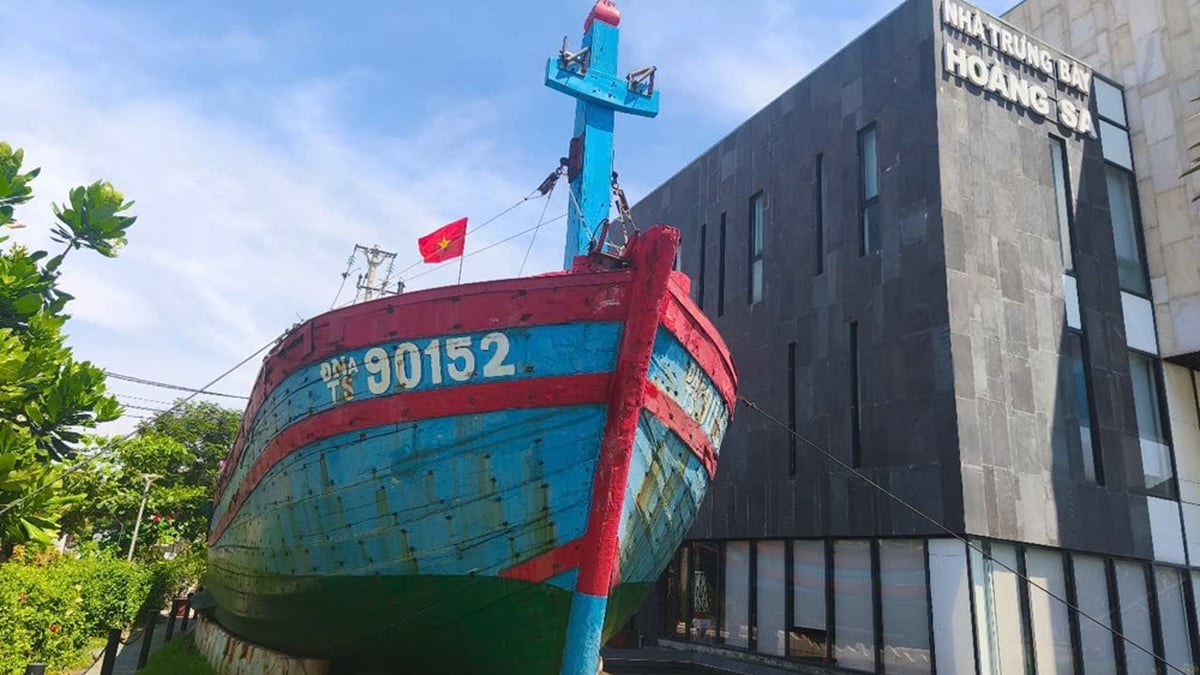
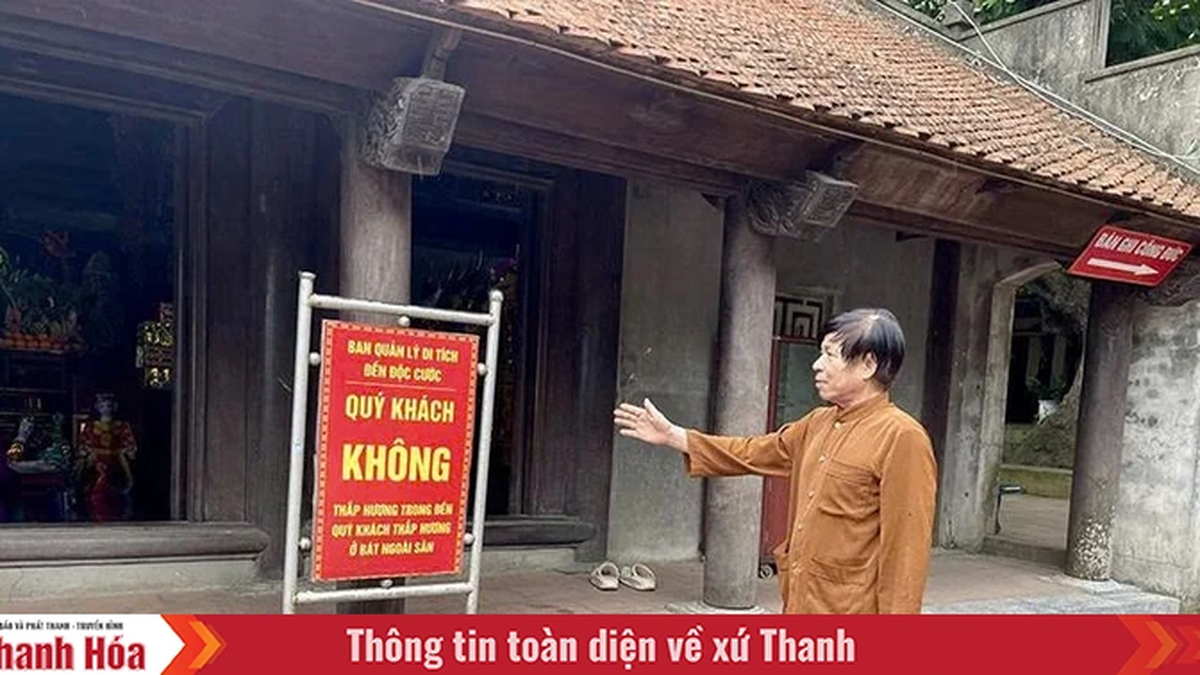
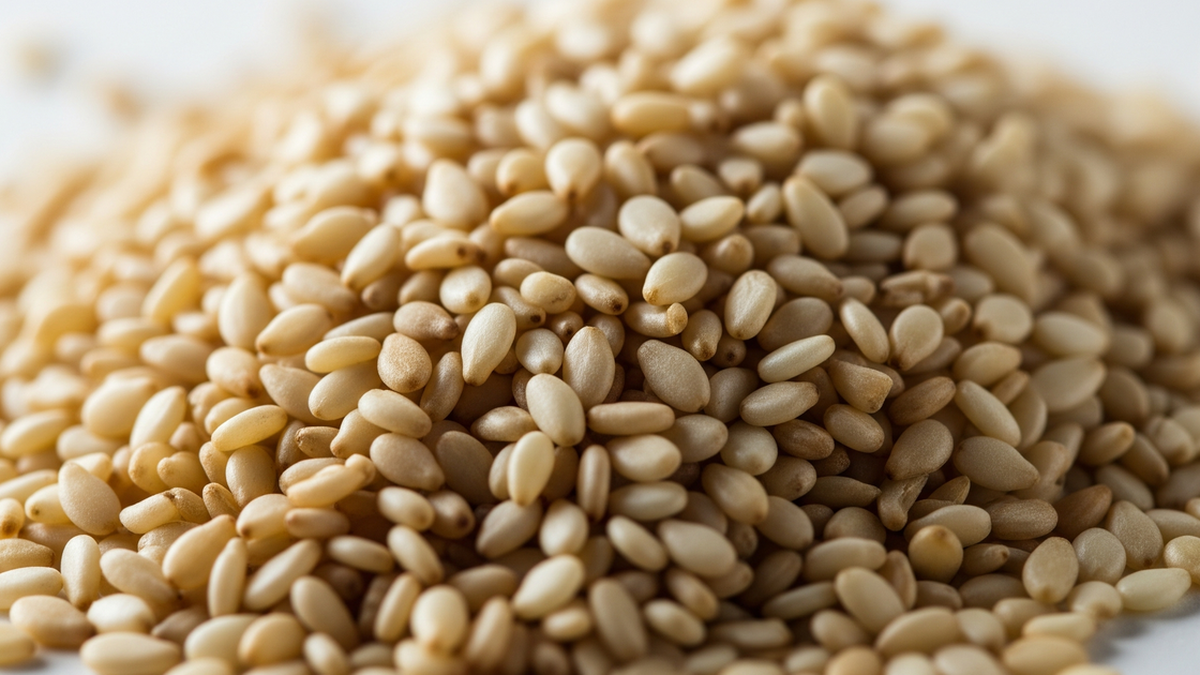


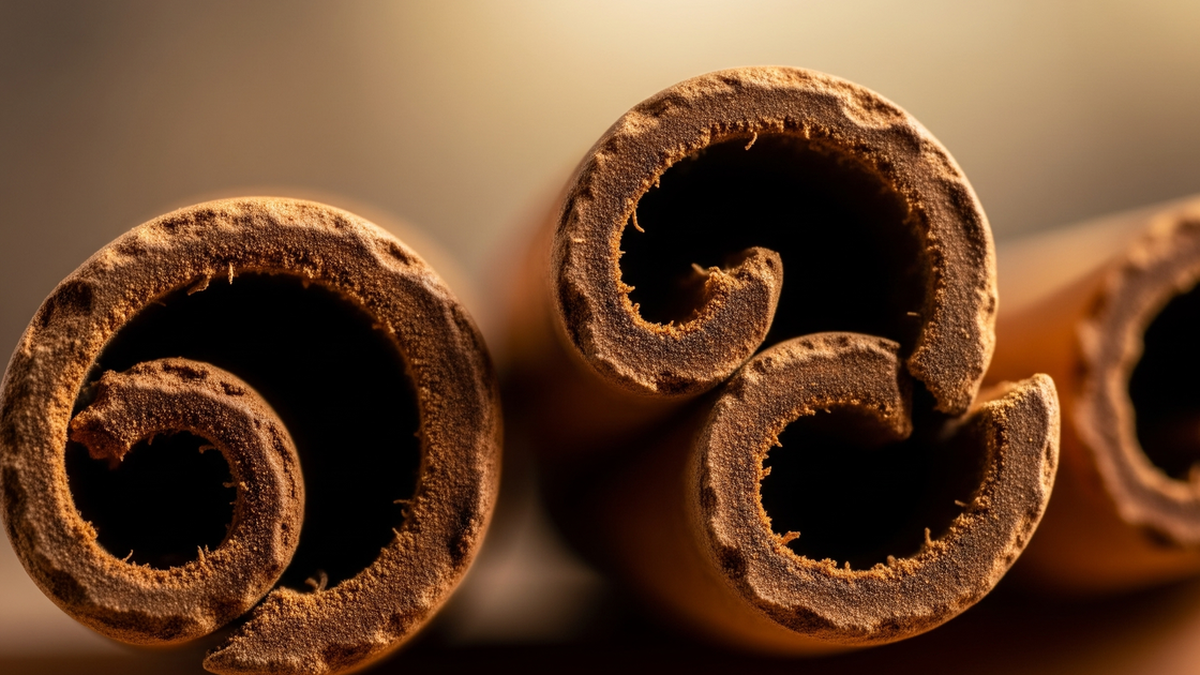












































![[Maritime News] More than 80% of global container shipping capacity is in the hands of MSC and major shipping alliances](https://vphoto.vietnam.vn/thumb/402x226/vietnam/resource/IMAGE/2025/7/16/6b4d586c984b4cbf8c5680352b9eaeb0)









































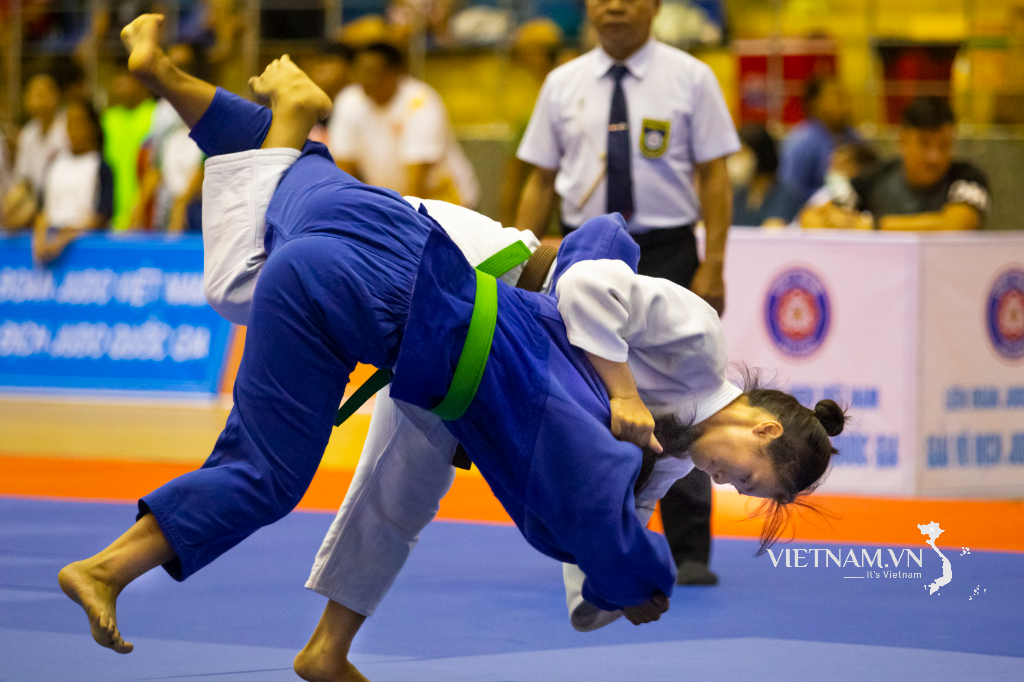



Comment (0)